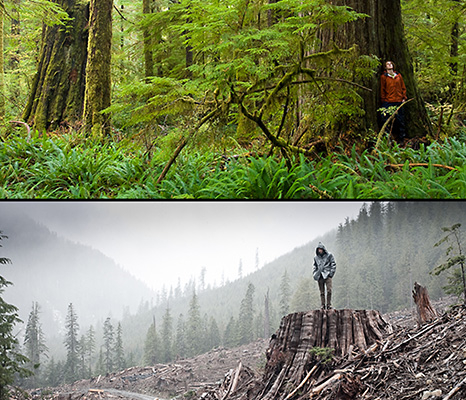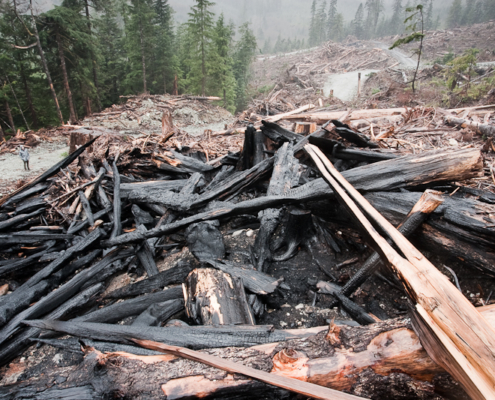
Poor BC Logging Practices "add to gas emissions"
The carbon from coastal rainforests, much of which comes from Vancouver Island, is not counted in BC's official emissions tally as, at the international level, Canada and the provinces decided against including forests. If they were included, emissions numbers for BC would increase by 24 per cent.

Certification fails to protect B.C. forests
In response to increasing public outcries over his complete mismanagement of forests in the public interest, Forest Minister Pat Bell is frequently taking refuge behind forest certification programs. But are third-party stamps of approval really, as Bell claims, a guarantee that our forests -- a trillion-dollar publicly owned asset -- are being managed sustainably?
